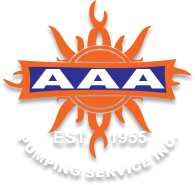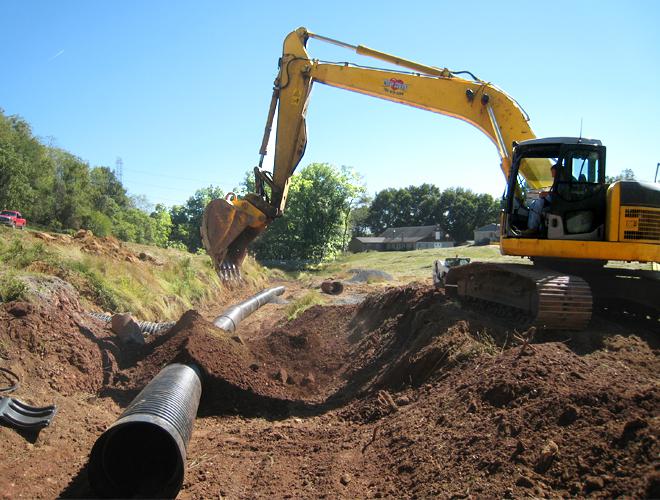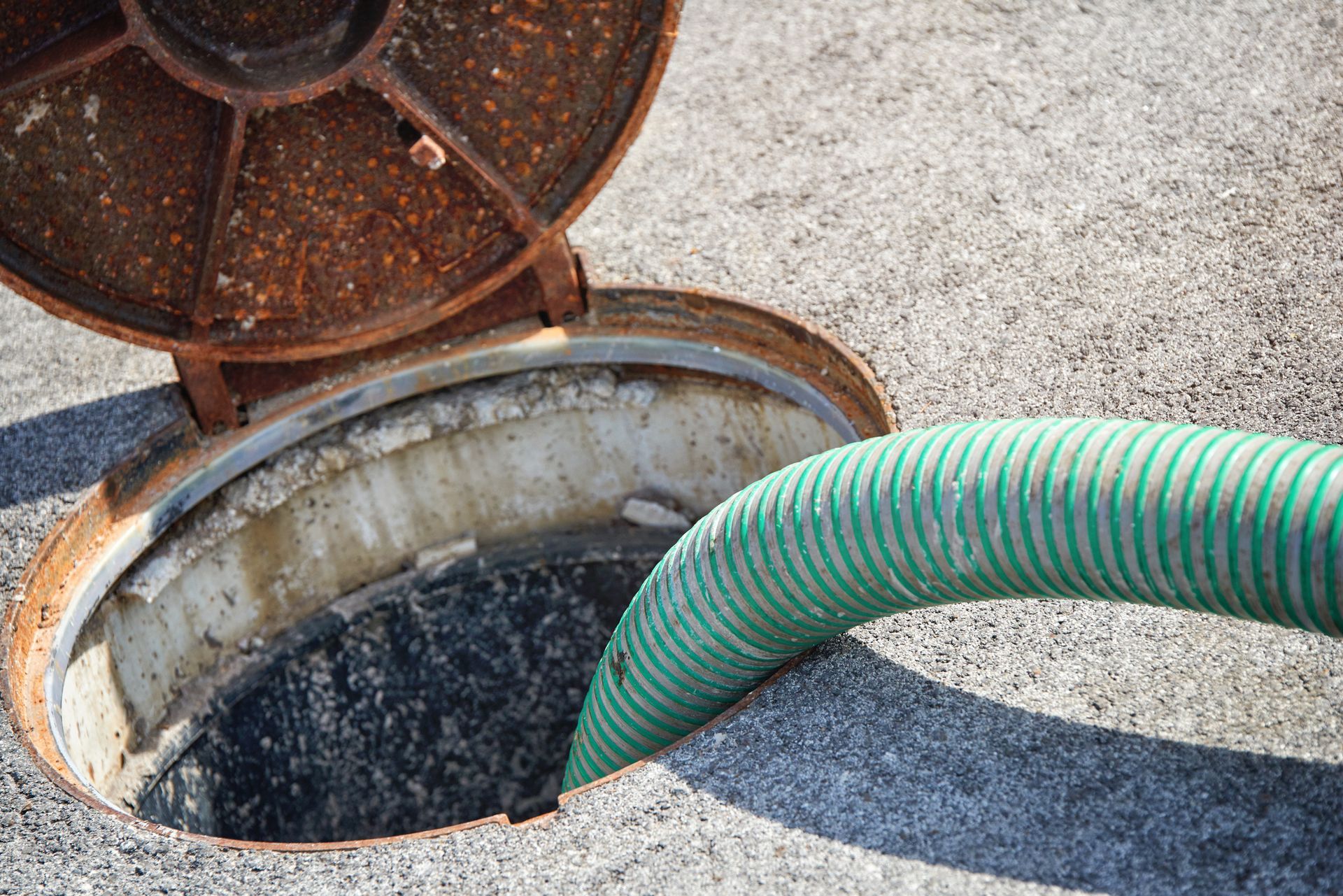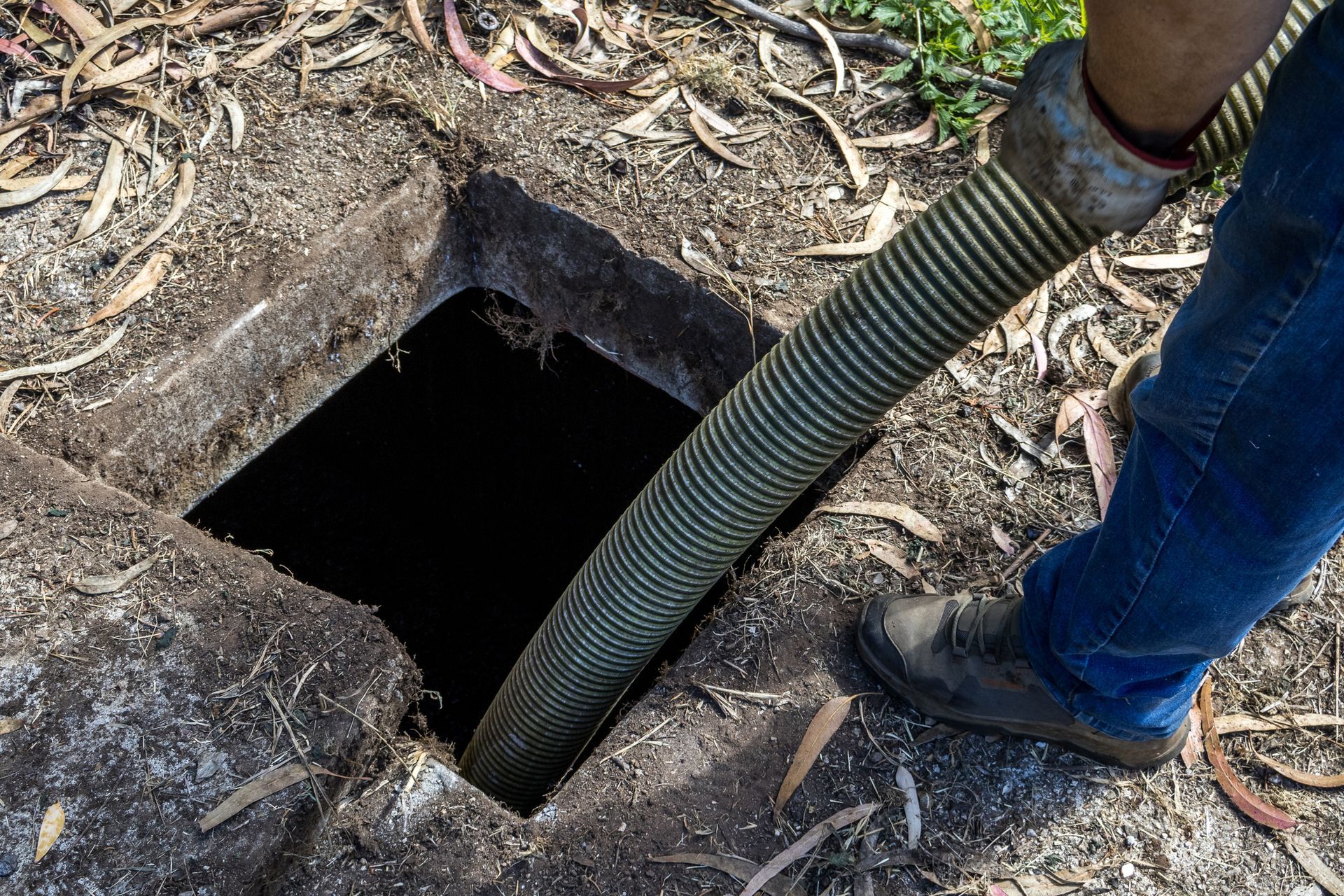5 Underrated Parts of Your Septic System
If you haven't owned a septic system before or if you've never paid much attention to what it's up to beyond pumping the tank every few years, you may have a lot to learn about what goes on inside your septic system. Many homeowners don't take the time to learn about their system until problems crop up, so you can get ahead of the game by educating yourself.
Here are five less commonly talked about parts of the septic system that are still crucial to the wastewater treatment process.
1. The D-Box
The distribution box, or d-box, lies between the septic system and the leach field. It acts like a splitter, distributing wastewater into the different lines of the leach field equally. This may not sound like a very important job, but without it, your leach field would have a much harder time.
For example, without equal distribution, whichever leach field line receives more wastewater would get overworked and overwhelmed easily. This can lead to very expensive problems such as flooding and an overwhelmed leach field that needs replacement.
2. The Baffles
The septic baffles are located inside the septic tank. The septic tank has one inlet baffle and one outlet baffle. The inlet baffle can sometimes experience toilet paper clogs, but other serious problems can sometimes occur as well. For example, tree roots can sometimes insert themselves into the join between the baffle and the incoming or outgoing pipe.
Another serious problem can occur if the baffles are made of concrete. That's because concrete can deteriorate more rapidly than usual when inside a septic tank. The gases produced by the wastewater, when they meet the concrete material, can weaken it. This can cause a baffle to eventually crumble so it no longer functions.
3. The Pump
A septic tank pump — not to be confused with a septic tank pump truck — is a pump that helps move wastewater through the septic system. With a gravity-fed system, the leach field is set lower in the ground than the tank so water will flow unassisted. If you're used to this type of system, you may not be aware of the septic pump's role.
If your yard slopes upward away from the house, if you have a mound system, or if the topsoil is too shallow to set the leach field lower than the septic tank, you may have a pump-assisted system.
4. The Filter
A septic tank filter, also called an effluent filter, isn't always present in septic systems. This is especially the case with older septic systems. However, the filter can actually increase the lifespan of the leach field by ensuring that no solid waste or scum can exit the tank. Solid waste entering the leach field lines is a major cause of leach field failure.
The effluent filter is located at the outlet baffle so that all the wastewater exiting the tank has to pass through the filter in order to leave the tank. As you can imagine, if the filter clogs, problems will ensue. Have your contractor clean the filter at each pump out. If your septic tank doesn't have a filter, ask your septic contractor to install one.
5. The Gravel Bed and Biomat
During the septic installation process, contractors place several inches of gravel into the excavated trenches before laying out the leach field lines. That's because the gravel bed plays a critical role in using bacteria to process the wastewater.
The leach field needs plenty of air in the soil so that a biomat made up of bacteria can form. Bacteria that grow in low-air conditions live on the inside of the biomat, and those that live in high-air conditions grow on the outside of the biomat. The large holes between the gravel pieces allow for plenty of air around the leach field lines even though they're underground.
These five parts of the septic system are ones you don't hear about as often. But they're all needed if you want your septic system to keep working well. If you need to pump your septic tank, get in touch with AAA Pumping Service Inc. to discuss our septic maintenance and repair services.








